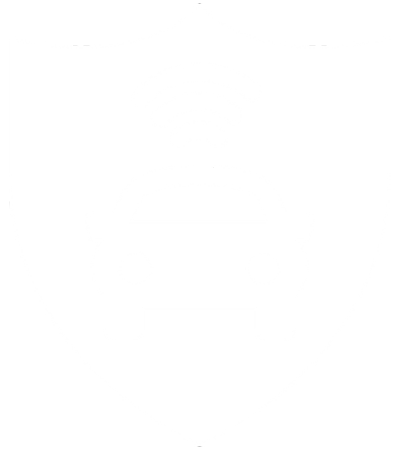Private schools are fundamentally different from public schools in ways that directly impact their approach to safety on campus. Smaller student bodies, familiarity with parents and guardians, and untraditional physical buildings all can contribute to an outlook on safety that may differ from that of their public-school counterparts.
However, the March shooting at the Covenant School in Tennessee showed us that, tragically, private schools are not immune to the same safety concerns of public schools.
Consider the following three ways that private schools can help ensure the safety of students and staff.
Know who you have on campus
Private schools tend to be smaller than public schools and thus have opportunities to better acquaint themselves with regular visitors. This can prove beneficial at times, as strong relationships with families often enhance the culture of safety on a campus.
That said, it can also breed a false sense of security. Because many private school families are known to school staff, a dangerous complacency can begin to foment. Due to the fact there remain so many unknowns, even with what is seemingly familiar, it is recommended that every visitor is properly screened every time they visit campus, without exception.
Consider the following scenarios:
- A school contractor worked at a school for three weeks before they implemented Raptor Visitor Management—and he was flagged as a sex offender. He had not notified the school.
- A field trip volunteer—who had transported students on trips—underwent the newly-implemented volunteer application and screening process through Volunteer Management. They had a DWI on their record.
- A parent keeps the details of a divorce discreet, sharing that knowledge with just the administrative staff. Because Visitor Management supports custom data, the school can now uphold custody agreements, so the student remains safe.
- A fire alarm sounds and the school evacuates—but loose visitor sign-in procedures complicate accounting for the safety of each individual on campus.
Further, while some private schools are blessed with dedicated campuses and buildings, many private and church schools are renting or borrowing facilities from houses of worship, retail parks, or other commercial structures. These buildings come with unique challenges of their own.
Strengthen your access control
In addition to a strong visitor management policy and process, access control remains another primary point of emphasis when it comes to safety and security. Many times, private schools exist within, or are closely connected to, affiliated structures. These configurations increase the difficulties associated with establishing and maintaining a single point of entry into the school.
- Lock all exterior doors
Single points of entry serve as a building “hardening” and reduce instances of unwanted visitors inside the school.
- Consistency is key
Coordinate with any adjoining buildings’ managers to ensure consistency relating to a single school entry point.
- Screen all visitors
When visitors can enter through only one door and are then properly screened, school staff and administration remain in a position of authority in terms of knowing who is on campus at any time throughout the school day.
Update and modernize your emergency response plans
Lastly, have actionable safety plans prepared for all potential emergency situations.
- It is best practice for private schools to conduct safety drills as often as public schools so that students and staff are familiar with how to respond if an emergency occurs.
- Mandate policies and practices across the school, using state regulations and emergency response plan (ERP) templates as a starting point. A comprehensive ERP should cover everything from the smallest emergency to worst case scenario and should be revisited at least twice a school year.
- Use your high level of parental involvement to form safety committees and teams to help develop the ERP. Board members, local law enforcement, administrators, teachers, and even students can also help fill this committee.
- Establish a regular cadence of drills, administrator/teacher trainings, safety audits, mandated practices, and tabletop exercises. Drills are imperative and should include local agencies so that teachers, students, emergency responders, and even parents are familiar with the emergency practices of the school.
- Review your plan with local law enforcement and first responders so that they are familiar with the school and its practices and will have points of contact should an emergency arise.
- The assistance of outside agencies should be considered as well. If a third party is needed to assist with communication, traffic direction, or transportation, for example, then a memorandum of understanding (MOU) should be in place so there is no confusion in the event of a critical incident.
There are many ways to address emergencies, and myriad providers who will assist with technology and planning. The most important first step, though, is ensuring the plan is in place and clearly communicated.
Modernize your school’s safety with the right partner
As private schools in the U.S. gain in popularity, so too does the need to ensure they are as safe as possible. With proper forethought, reasonable strategies, and the right partners, these campuses can be set up successfully as safe places for your children to learn.
To learn how SchoolPass can help, schedule a demo.


